
As a relatively complex mineral processing technology, the flotation process is restricted by many factors, including raw ore grinding fineness, slurry concentration, slurry aeration and stirring, flotation time, flotation process, etc. In addition, water quality and slurry temperature will also affect flotation efficiency. Practice has proven that mineral processing must be strictly based on the characteristics of the ore, conduct mineral processing experiments and research, and select the appropriate and correct production process in order to achieve superior technical and economic indicators. The following will introduce to you the impact of the above factors on the flotation process.
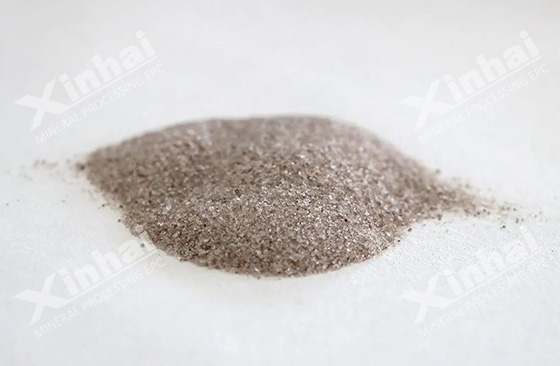
The grinding fineness of raw ore directly affects the release degree of useful minerals in the ore and the exposure degree of the mineral particle surface. If the ore is not ground properly, the useful minerals will be wrapped by solid ore or other impurities, which will prevent them from fully contacting the chemicals or bubbles, making it difficult to achieve flotation separation. At the same time, insufficient grinding will also increase the energy consumption of grinding and crushing equipment and the consumption of chemicals. Therefore, determining the appropriate grinding fineness is crucial to improve flotation efficiency.
First, the slurry concentration will affect the contact probability between bubbles and solid particles. When the slurry concentration is low, the gaps between solid particles are larger, and the contact area between bubbles and solid particles is reduced, which in turn affects the flotation effect. When the slurry concentration increases, the gaps between solid particles decrease and the contact area between bubbles and solid particles increases, which is beneficial to improving the flotation effect.
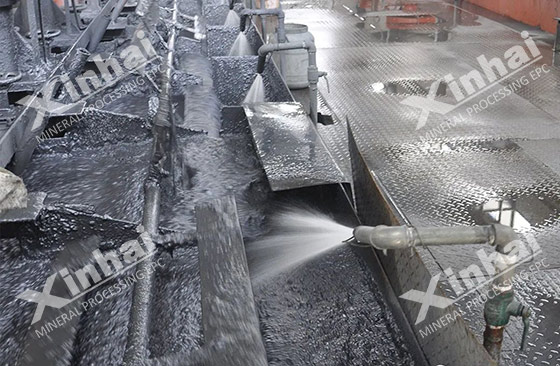
Secondly, the slurry concentration will also affect the fluidity of the liquid phase and solid phase in the flotation cell. Low-concentration slurry has good fluidity, but the contact time between bubbles and solid particles is reduced, while the viscosity of higher-concentration slurry increases, affecting the movement and contact of bubbles and solid particles, thereby affecting the flotation effect.
In addition, the distribution and effect of the agent will also be affected by the concentration of the slurry. Under low-concentration slurry conditions, the agent is more likely to be evenly distributed in the slurry and fully interact with the mineral particles. Higher concentration of slurry reduces the gaps between solid particles, which hinders the action of chemicals and affects flotation efficiency.
Therefore, the slurry concentration during the flotation process should be reasonably adjusted to ensure effective contact between bubbles and solid particles, and the role of chemicals can be exerted, thereby improving flotation efficiency.
Aeration and agitation directly affect the contact between bubbles and solid particles and the attachment between bubbles and solid particles during the flotation process, thus affecting the flotation effect.
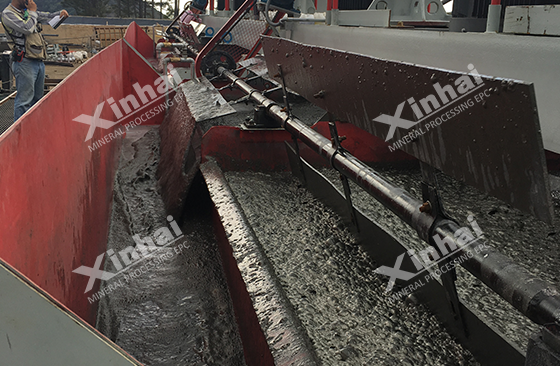
Proper aeration can ensure uniform distribution of bubbles, increase the probability of contact between bubbles and useful mineral particles, and improve flotation efficiency. When the aeration is insufficient, the number of bubbles is not enough to cover the entire slurry surface, resulting in some useful minerals not being captured. Over-inflation can lead to bubble collapse or over-dispersion, reducing the effective contact between bubbles and solid particles.
Stirring is achieved through mechanical stirring equipment or cyclones. Proper stirring can effectively bring bubbles into contact with solid particles, increase the adhesion between bubbles and useful minerals, and improve the flotation effect. If the stirring is insufficient, the solid particles and bubbles in the slurry will separate and the probability of contact will be reduced. Excessive stirring may cause bubbles to burst or solid particles to be excessively broken, affecting the selectivity of flotation.
Therefore, aeration and stirring are key factors that depend on each other and influence each other in the flotation process. They need to be reasonably controlled to ensure the best flotation effect.
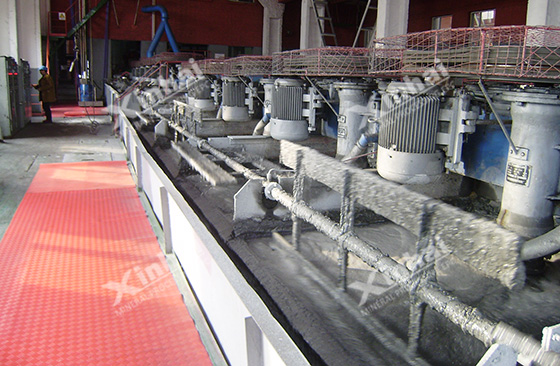
The flotation time directly affects the separation effect and selectivity of useful minerals and waste rocks in the slurry. When the flotation time is too short, the useful minerals cannot float completely, thus reducing the ore recovery rate. When the flotation time is too long, the production cost will not only increase, but it may also lead to excessive sorting of the ore and reduce the grade of the ore. In addition, the flotation time will also be affected by factors such as the particle size of the ore, the concentration of the slurry, the ratio of the reagents, and the stirring state. Therefore, in actual production, it is necessary to determine the optimal flotation time through mineral processing tests and adjustments to achieve ideal flotation effects and economic benefits.
The flotation process affects the selective extraction of useful minerals and the elimination of impurities in the ore. Different flotation processes can achieve different ore treatment effects by adjusting the treatment steps and chemical ratio:
1. Roughing stage: The roughing stage separates most of the useful minerals in the ore from the waste rock. The flotation conditions at this stage are usually rough, with the primary goal of achieving high recovery rates.
2. Selection stage: The selection stage is carried out after rough selection, mainly to further improve the grade of useful minerals and reduce the content of waste rock. The flotation conditions in the beneficiation stage are more detailed, and higher chemical concentrations and longer flotation times may be used.
3. Clean-up stage: The clean-up stage is to further improve the grade of useful minerals and eliminate residual impurities in the ore as much as possible. In the tailing stage, an efficient chemical combination and more refined flotation conditions are used to achieve the final ore treatment effect.
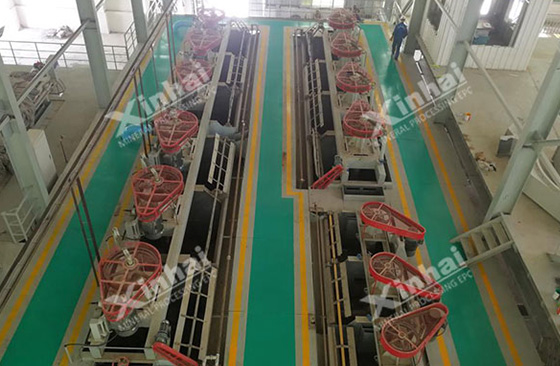
The above is a brief introduction to the factors affecting the flotation process. The design of the flotation process needs to take into account the physical and chemical properties of the ore, the characteristics of useful minerals and waste rocks, as well as economic benefits and other factors. Through a properly designed flotation process, it is possible to maximize the recovery rate and grade of useful minerals while minimizing the generation of waste rock, thereby achieving economic and environmental sustainability of ore processing.
To find out more about our products and solutions, please fill out the form below and one of our experts will get back to you shortly.